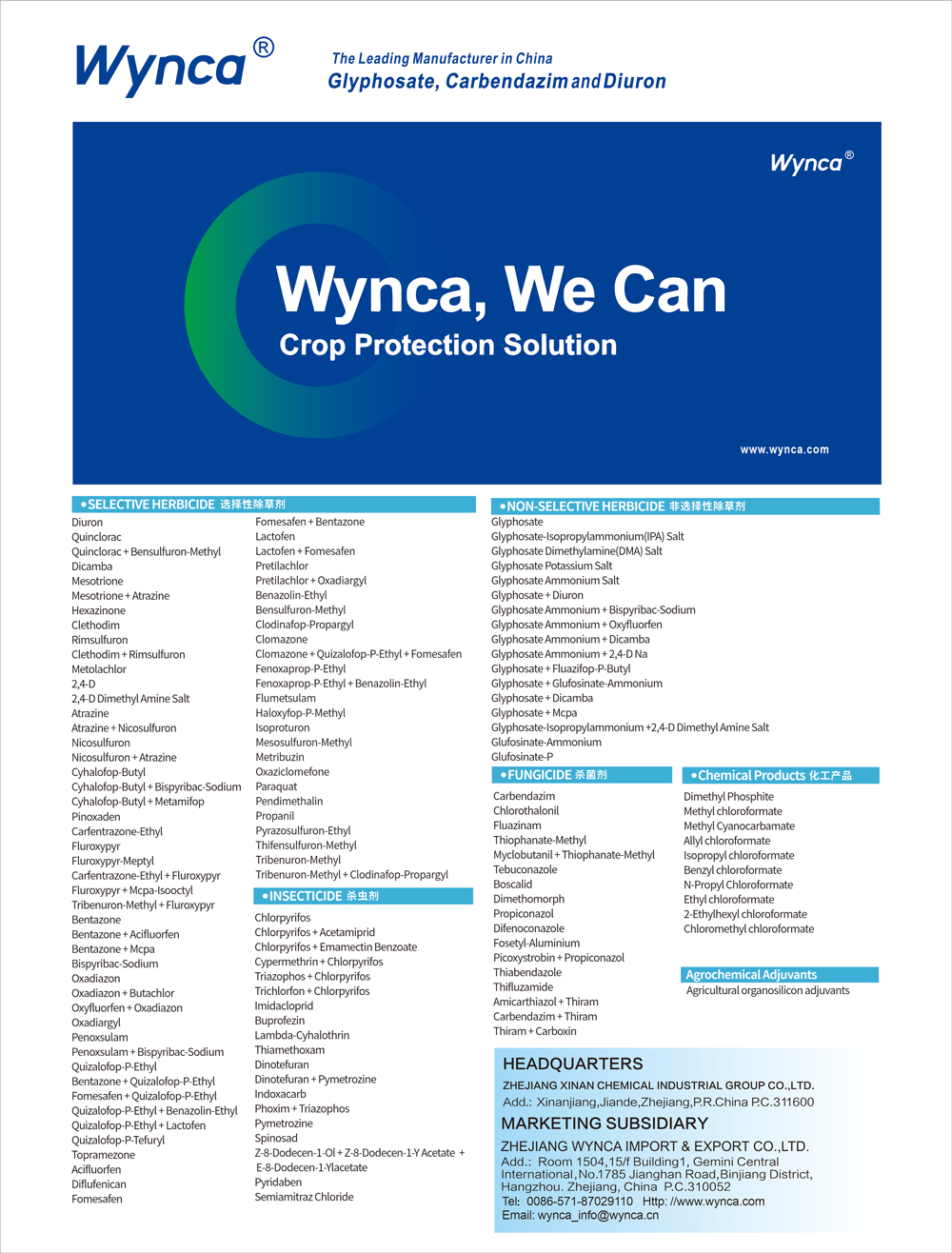Adjuvants Market Gets a Boost from ESA
Scroll Down to Read
By Lara L. Sowinski

AgriBusiness Global spoke with John Blackford, Branded Technologies Portfolio Manager – Adjuvants at Wilbur-Ellis, about trends and developments in the adjuvant sector, and how compliance with the U.S. Environmental Protection Agency’s Endangered Species Act presents new opportunities for adjuvants.
ABG: How would you describe the adjuvant market right now?
John Blackford: In general, crop protection products, including adjuvants, are currently facing a challenging environment. We are in a period of low commodity prices and high interest rates. This impacts the entire agriculture industry. The pandemic created supply chain bottlenecks. Inventories were high, and so were prices. However, the supply chain for agriculture inputs, including the adjuvant sector, continues to optimize inventory levels, which should be a benefit.
ABG: What opportunities are there for foreign adjuvant suppliers in the U.S. market?
JB: I think there are always opportunities, especially for new and novel products, or new types of chemistries for adjuvants. Foreign companies may also have an opportunity if they offer competitive pricing, exceptional quality, or some other differentiator.
ABG: While the adjuvant sector is growing, it seems adoption rates are mixed. Do you agree?
JB: Adjuvants have been around for a long time. We’re at a place now where many growers, and especially retailers, understand the value of what a good adjuvant does for the spray application. It’s either going to help the spray solution spread better over the plant surface, help to penetrate the plant better to keep it in place and limit drifting or volatilizing, condition the water, or a combination of all these things.
I do think there’s some open space when it comes to greater adoption. Some growers still aren’t using adjuvants even though I believe it would be money well spent to do so.
ABG: How do you entice the holdouts to start using adjuvants?
JB: There are multiple ways to do it. For one, it starts with the trusted advisor—in other words, the retail location, the agronomist—just having them talk about adjuvants is very helpful. Agriculture is still very much a people business.
John Blackford
At Wilbur-Ellis, we have a lot of data that show our adjuvants work well. We share that data with our retail locations so that it’s available if the grower wants to see it.
In addition, we’re engaging with growers via social media. For instance, throughout the year we take adjuvants, or other Wilbur-Ellis branded products, and focus on a specific market or product. We’re reaching younger growers who may be more engaged with social media and prefer learning online.
ABG: The EPA’s strategies related to compliance with the Endangered Species Act (ESA) are bringing a lot of welcomed attention to adjuvants. What are you seeing?
JB: I’ve been beating the drum for the past year on the importance of the ESA and how a drift reduction adjuvant (DRA) should be used in every tank, every time. The EPA has given adjuvants some great recognition, particularly for DRAs, to really help limit and reduce buffer zones.
However, the ESA is very complex. The good news is that the EPA’s Herbicide Strategy [released in late August] does not impact every single product all at once. The initial products that EPA will focus on are those that are submitting for new registration or are up for re-registration. It’s going to take a while, and it will roll out a little bit slower than I initially anticipated.
ABG: What role is ag tech playing to support increased adoption of adjuvants?
JB: At Wilbur-Ellis, we’re using drone technology a lot more, particularly for imagery. I’ve really been surprised at just how much of an impact drones can make and there’s a lot of data to support their usefulness, both for imagery and spray applications, and adjuvants can really help reduce drift during application.
In the Midwest, for instance, there’s hardly a day without at least a slight breeze, so drift is a real issue. However, there are differences in application rates between drones and ground rigs and we’re conducting studies and trials on use rates. At Wilbur-Ellis, we currently market some excellent DRAs and are looking at new DRAs, too.
I don’t think there is going to be one silver bullet for adjuvants with drone applications. There are so many different types of drones. One size doesn’t fit all. It’s going to depend on the application, the type of drone, the environment, the pressure you’re running through the nozzles, and so on.
While a lot of drones utilize a rotary atomizer type of spray nozzle, other drones use a spray boom with nozzles attached to the boom. Different DRAs will work best at varying rates with different types of drones. The equipment piece of the equation is very important. When you add other tanks mix partners to the application, nutritional products, chemistry, and other products, the tools needed to manage these applications get very specific. We receive many calls about compatibility agents and how to optimize a specific tank mix.
ABG: Where is the adjuvant sector in terms of maturity?
JB: Overall, the adjuvant space is moving fast. I still feel like we’re in the early innings of this ball game, especially in the drone market. For instance, I don’t think pursuing an all-in-one adjuvant that can “do everything” for all drone applications is the best strategy. Going forward, I think it’s going to be a more prescriptive approach, and that requires quality adjuvants. It also requires knowledge in the field. •
Lara Sowinski is the Group Editor for CropLife and CropLife Iron. She can be reached at [email protected].

